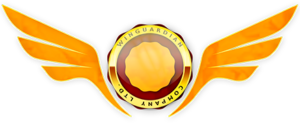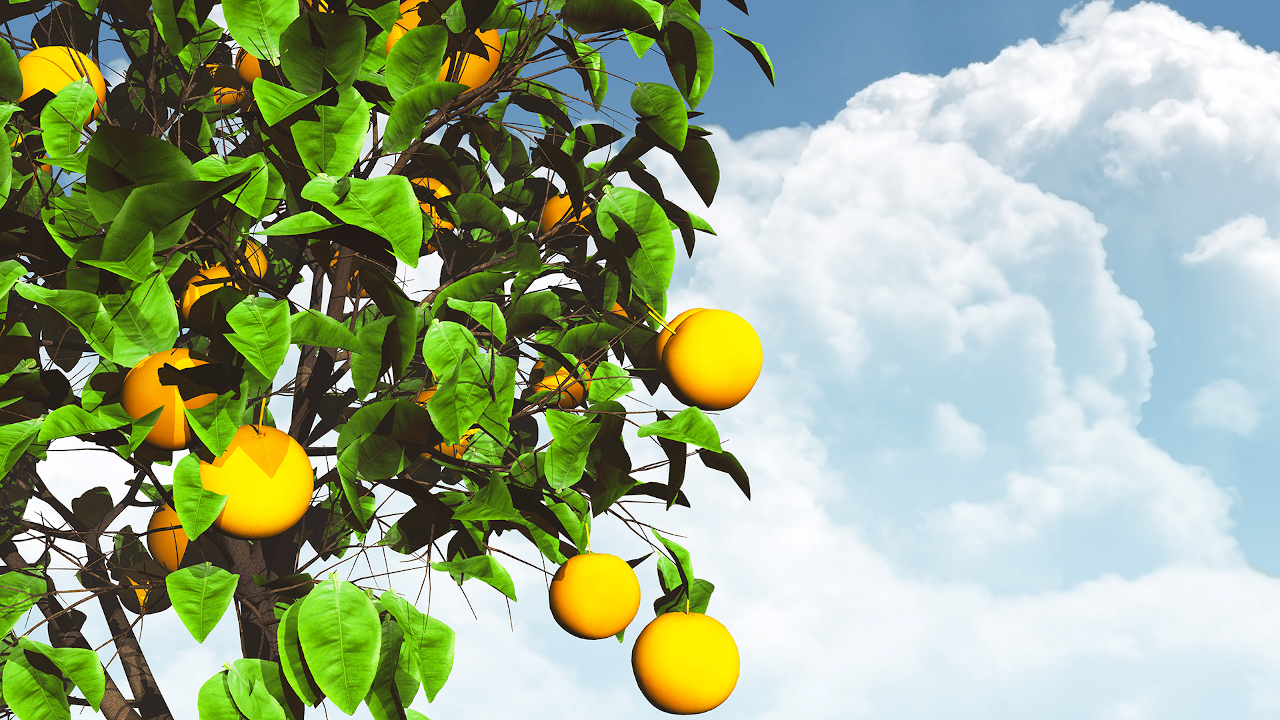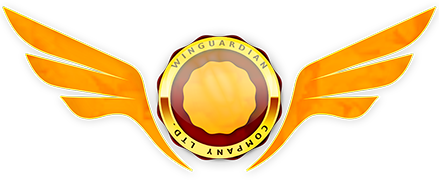
Last Updated on March 10, 2023 by Administrator
So, you have an idea or original story, information or content you want to share with the world; be it a textbook, guide or novel, poem, song etc. It’s often not as simple as typing it out, adding illustrations and printing or putting it online, even if you have the skills to.
How do you properly get recognised, ensure no one steals your work, or gain the audience you require? That’s where publishing comes in.
Publishing is the business of producing and making content or information available to the public; for free or purchase.
This traditionally includes printed materials or literature, such as books, newspapers, magazines and journals, but today due to modern technology it also includes music and audio productions, software, games, website and social media content, and other forms digital content.
As a university program it explores the business of publishing, its history and practice, key concepts, theories and relevant laws, roles and processes in publishing, book design, typography, illustration and design, design, print and material technologies, library studies, editorial management and various related business, industry and creative skills and knowledge.
In this article we are mostly interested in book publishing. Those who carry on such business are known as publishers. Publishers are like the record labels or film studios of the literary and academic world; they sign a contract with an author (one who writes an idea or story), give them an initial payment for their work and bear the cost mass producing the content, and then distribute and sell them in various ways (e.g. as books and licenses or rights for other adaptations) for a share of its revenues.
A. What Goes into Publishing?
Writing is obviously the first step, and this may be done independently by an author(s) or they may be commissioned to do so by a publisher. Writing alone can sometimes take authors at least a couple of years to do.
After you have written something interesting or informative (called a manuscript at this stage) a publisher would help with the following tasks, often referred to as the publishing process:
1. Editing
It is nigh impossible to spot all errors and problems of a text the first time or next 10 times an author goes over it, due to fatigue from the creative process, regardless of how good and meticulous an author is. Editing brings in fresh eyes to help read, clean up or improve a text to achieve its goal. This task might also take a couple of years for big books. It happens in different forms and in multiple cycles throughout the publishing process. This includes:
- Manuscript critique is first, where an editor gives broad feedback and assistance on the writing (i.e. the topic, approach, structure or story quality).
- Comprehensive/Line edit is where an editor helps ensure the communication style in terms of language, vocabulary, sentences etc. is ideal.
- Copyediting, which is, checking the grammar, punctuation and related elements.
2. Adding Book Metadata
This includes crafting, editing or adding a title, description, preface, synopsis, acknowledgements, versioning and edition numbering and other useful publishing info.
3. Formatting or Typesetting
This is where font, paragraphs and general arrangement and presentation of text is handled. Typesetting comes from more traditional printing methods where types (individual letters or characters, in the form of moulds or “stamps” as it were) are set or arranged into blocks of words, sentences and paragraphs for use in mass printing techniques.
4. Illustration and Design
This includes adding drawings, charts, colours and other graphics and visually appealing elements to add to the reading experience, both within the book (book interior design) and on the front and back (cover design). Since the cover is one of the first things a reader sees before picking up the book to purchase and/or read, the cover design is very important; one must ensure it fits its genre and target audience while also standing out from similar books, and that it captures the essence or spirit of the book and invites readers to proceed with it.
5. Proofreading
Proofreading is often related to copyediting today but was more prominent in older traditional printing as a separate activity. It traditionally involved comparing typesetting of final drafts with original manuscripts to ensure there are no discrepancies or errors. In modern publishing however it involves reading final drafts for errors or problems in general. Proofreading may lead back to more edits as described above if any issues are discovered.
6. ISBN and Barcode, and BISAC Codes
International Standard Book Number (ISBN) and its barcode gives the book a unique identification number that allows it to be sold in stores and bookshops. Book Industry Standards and Communications (BISAC) codes help categorise a book in terms of genre, topics etc. and helps a bookshop or library know where to place your book in their system or on their shelves.
7. Copyright Notice
All original and creative works automatically grant copyrights (both economic and moral) to their authors or creators once they are fixed (captured, produced or published) under international copyright laws. Registering copyrights with one’s local copyright authority is therefore voluntary although it is helpful to do so since it helps record, with a government institution, when and what was produced or authored by who. This might help with litigation if copyright infringement occurs, and also helps with transfer of copyrights. It also provides insight or statistics on creative work in a country. Publishers may offer guidance on registering copyrights and help with proper addition of copyright notices books.
Learn more about copyright here.
8. Printing or Recording
A book may be produced via print, audio (audiobooks) or electronically (eBooks which come in different formats including .epub and .pdf and can be read with various reading software on PCs or mobile devices).
Prints may come in different kinds of covers that are basically softcovers or paperbacks (flexible cardboard), hardcovers (which are rigid boards) or hardcovers with jackets (a second flexible protective covering) each of which may have different finishes or textures (e.g. matte lamination, gloss lamination, varnish, silk, leather, etc.).
They also come in various kinds of paper and print quality, and different kinds of binding (how the sheets are held together) depending on the size of the book; for e.g., perfect binding, case binding, flexi/OTA binding, sewn binding and saddle stitch.
9. Distribution, Press & Marketing, and Sales
Whether a book is in print or electronic form, it must be placed in the right stores and in the right quantities or stock (in the case of bookshops, supermarkets, gift shops, museums and other brick and mortar stores) to attract the patronage it needs, and that is what constitutes distribution.
Some authors, once their books are published, may also want a press tour or event to launch the book. First copies of a book may be auctioned at such events for incredible amounts, and often include a personal signature from the author.
Books may also be advertised, like any other product, to attract more sales. Marketing of the book may even begin before it is published, since marketing and building an audience takes time. One would first start by thinking up their marketing strategy.
One trick is to get an author website and social media pages, to give people a means to learn more about an author and their upcoming book, and thus create a connection to and more interest in them. Another trick is to create Advanced Reader Copies (ARCs) which are copies printed ahead of mass copies, and tip sheets which contain metadata about a book, and share them with critic reviewers, influential readers, the media and bookstores, etc. to create buzz and endorsements for a book and ready for distribution and press. Lastly one may also get their book into events that and fairs that are in line with the book’s topic or genre, to generate more sales for it.
Beyond direct sales of a book, the rights to adapt a book, say into other languages, film or other products, may also be sold to third parties for more income.
B. Working with a Publisher
If you need help with any of the aspects of publishing described above, you might want to talk to a publisher. A publisher will often take on the cost of all aspects of publishing including distribution and marketing and also provide an author with an up-front payment when a contract is signed. The publisher would first however have to express interest in your work and see its potential to bring in sales once published.
If a publisher is interested in your work they may offer a contract for
- Outright Sale of Rights: where they buy the economic rights of your work completely from you, while you retain the moral rights to your book which means you will always be recognised as the author.
- Royalties: where they take up only part of the economic rights to your book, give you some advanced payments, and then also pay royalties, being a percentage on every sale they make on your book.
In order to reduce rejection rate of manuscripts an author should research on their target publisher(s) and request their “author guide” and/or “house style manual” to ensure it’s in line with what they would approve.
Publishing Contracts
Some authors work with literary agents, to help them find and reach out to publishers who will be interested in their book, and to help them get the best deal they can for it. Sometimes, if multiple publishers are interested in a book, it may be auctioned to the highest bidder.
Once a publisher is ready to move forward with an author’s work, a launch meeting will be scheduled between the author and the publisher’s team to discuss work details and schedules, and to sign a publishing contract.
Publishers may produce a book in print, audio recording or electronic form (eBooks). Print contracts may offer royalties of between 7.5 – 15% to the author while eBook contracts may offer royalties of between 25 – 50%, according to the Ghana Book Development Council (GBDC).
Benefits and Disadvantages of a Publishing Contract
The benefits of getting a publishing contract generally, is that:
- You get various professional and creative assistance throughout the publishing process
- With respect to prints, you get help with mass production of your book (which can be incredibly expensive). For some books like textbooks, paperbacks are still an important medium for readers.
- You gain from a publisher’s experience and networks in distribution and marketing
- You also get an advance payment once a contract is signed.
The disadvantage of a publishing contract is that you lose a chunk of your economic rights or ownership of your book; although depending on the success of the book one might still get significant returns in royalties.
One must therefore assess their situation to see if the benefits outweigh the costs for them, or otherwise, before seeking and signing a publishing contract.
Popular Book Publishers in Africa
The following list is neither a ranking, nor an exhaustive one. It is relatively easy to search online for book publishers in your country if you are looking for some, so we will only list a few examples from 5 countries. When looking for publishers the first time too, you can search online for your country’s ‘book publishers association’ or ‘publishing development organisation’ as they may have compiled a list of local publishers and other resources to help you as a first-time author.
South Africa
- Penguin Random House
- LAPA Uitgewers
- Black Letter Media
- Jonathan Ball Publishers
- New Africa Books
- NB Publishers
Nigeria
- Literamed Publications Nigeria Ltd. (educational)
- Kachifo
- Book Craft Africa
- Parresia Publishers Ltd.
- Masobe Books and Logistics Ltd.
- Narrative Landscape Press Ltd.
Senegal
- Amalion Publishing
- Bibliothèque Lecture Développement – B.L.D
- Nouvelles Editions Africaines du Sénégal (N.E.A.S)
- Editions Kalaama
- Editions Tamalys
- Falia Edition
Ghana
- Smartline Ltd.
- DigiBooks
- AkooBooks
- Afram Publications
- Sam-Woode Plc.
- Sub-Saharan Publishers
Egypt
- Boustany’s Publishing House
- Hindawi Publishing Corporation
- Dar Al Masriah Al Lubnaniah
- Dar Al Arabia lel Ketab
- Dar El-Farouk for Publishing and Distribution
- Malamih For Publishing & Distributing Books
C. Self-Publishing
If you are comfortable handling all or the key in publishing a book by yourself and/or through your networks, you might also consider self-publishing.
This is where one uses their own resources to produce books or other literary works and make them available either digitally or in print.
With respect to print self-publishers may use a print-on-demand service or consumer electronics, or pay for mass printing themselves. After printing, one would also distribute the books themselves to bookshops.
To sell digital copies of a book, which is more common in self-publishing, there are a number of online bookstores and outlets that one can use; for e.g., Amazon, Indigo, Kobo, Google books etc.
There are also a number of self-publishing businesses online that guide authors on how to handle many aspects of publishing, or offer to handle such tasks for them at a fee, leaving full rights of such literary work with the authors.






Pingback: Copyright: A Complete and Easy Guide - WINGUARDIAN